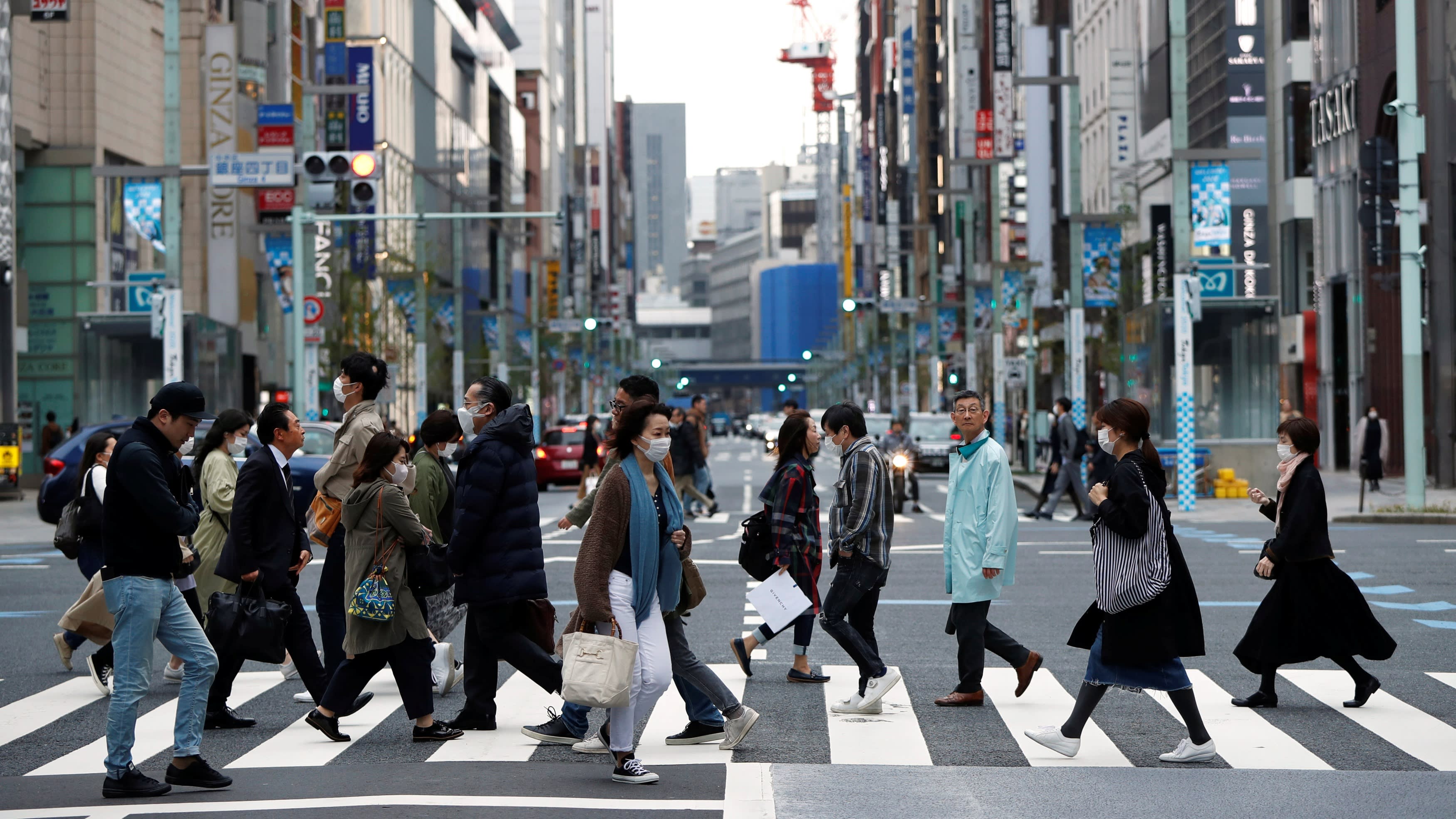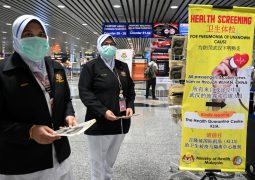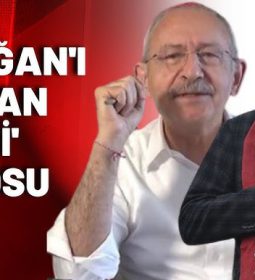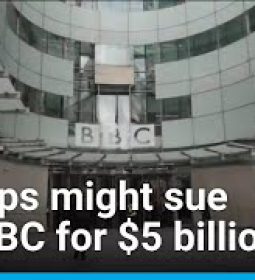Japan’s $1tn stimulus offers $18,000 to mom and pop businesses

Government offers nearly $3,000 per household to hard-hit families
RIEKO MIKI, Nikkei staff writerAPRIL 07, 2020
TOKYO — Japan’s cabinet is set to approve Tuesday a coronavirus stimulus package worth close to $1 trillion, which includes grants of up to 2 million yen, or $18,350, for small and midsize businesses whose revenue has fallen by more than half.
The 108 trillion yen package comes to roughly 20% of the nation’s GDP and is roughly half the size of the U.S. stimulus — a huge step for an economy a quarter the size of America’s.
Direct cash payments to affected households and businesses will start going out in May.
“We will pay more than 6 trillion yen in cash benefits to families and small and midsize businesses facing severe hardship” as well as protect jobs, Prime Minister Shinzo Abe told reporters Monday.
A centerpiece of the initial “emergency support” phase of the bill is payments of 300,000 yen — about $2,760 — to families losing income to the outbreak in one of the months between February and June. Better-off households will qualify only if the head of household’s monthly income falls by at least half.
The package aims to mitigate the damage from measures aimed at curbing the spread of the virus, which have wreaked economic havoc elsewhere in the world. The impact looks certain to expand in Japan as Abe prepares to declare a state of emergency as early as Tuesday, targeting major population centers such as Tokyo and Osaka.
While the planned payments have been cheered by the public, red tape may delay the distribution of the cash, with some observers fearing that it may not get to households until summer.
To receive the payments, households must submit documentation of the lost income to municipal governments.
This contrasts with a U.K. plan announced in March to pay 80% of freelance workers’ average monthly income, up to 2,500 pounds ($3,060) per month for three months, if they earned 50,000 pounds or less annually on average over the past three years. Distribution is set to begin in June.
Notably, workers do not have to make the first move under the British plan. The government will determine eligibility based on tax returns and ask those who qualify if they wish to apply. If they do, the money will be sent to their bank accounts via direct deposit.
Unlike the U.K., where tax and social security information is centralized, Japan needs to have municipal governments check tax records to determine household income, and individuals must grant consent before their information can be accessed. Given these limitations, Tokyo sees self-reporting as a way to speed up the process.
Households will also see monthly child allowances boosted by 10,000 yen per child.
For struggling businesses, the stimulus offers up to 2 million yen to small and midsize companies and up to 1 million yen to self-employed workers. If revenue has dropped by more than half, these businesses will be eligible for grants that cover the losses.
The stimulus will also set up a framework for unsecured, essentially interest-free loans through private-sector lenders, as well as provide for a one-year tax
A portion of the 108 trillion yen will go toward the fight against the pandemic, including plans to triple Japan’s stockpile of Avigan, a flu drug that has shown promise as a potential treatment. The government also looks to add beds at hospitals designated to handle infectious diseases and support increased production of ventilators.
The second half of the stimulus package — the “V-shaped recovery” phase — aims to boost demand after the outbreak for tourism, transportation, restaurants and events. The government will cover half the cost of domestic travel and distribute coupons for use at tourism facilities.
- Previous Great Barrier Reef suffers worst mass coral bleaching
- Next Graham says ‘the whole world should send China a bill’ over Beijing’s response to coronavirus
















